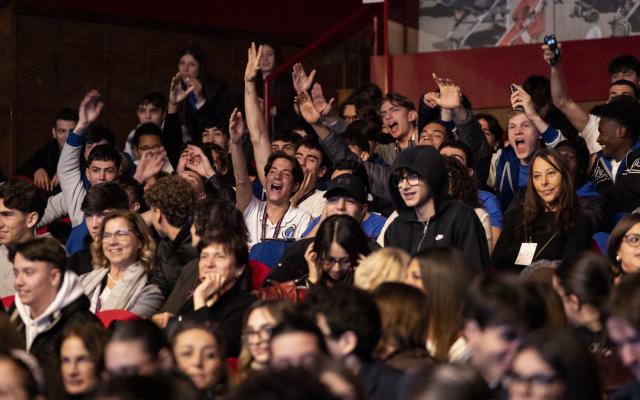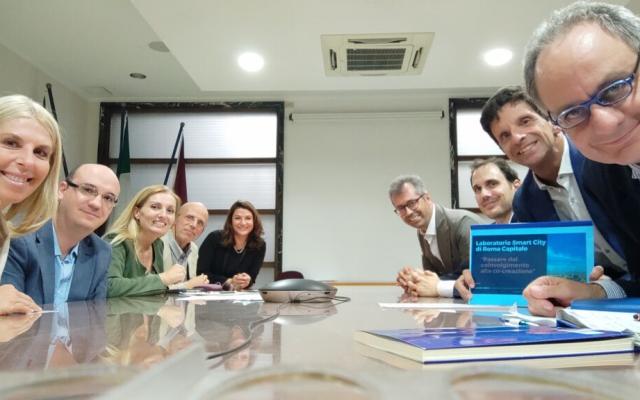Tomorrow, November 23, at 11 am, the Kindergarten Room, a new area at the Istituto Don Bosco Phyrtual Innovation Gym, opens in Pordenone. Over the weekend, there will be an Open Day with robotics labs.
Alfonso Molina, Scientific Director of the Fondazione Mondo Digitale and inventor of the Phyrtual Innovation Gym model (who will be at the Tise 2018 Conference) will send a video message.
The Kindergarten Room is a special classroom to introduce participants to creative thinking and coding, robotics and didactic activities with new technology. It is an open space in which computers and simple materials are used to build small robots, but it also is a place to cultivate the imagination, to experiment, share and reflect. It is a community project open to everyone to stimulate small and great abilities and drive individuals to think and act creatively.
The Istituto Don Bosco was one of the first members of the National Network of Phyrtual Innovation Gyms promoted in 2014 by the Fondazione Mondo Digitale and MIUR.
During the first years, coding and robotics activities were held in the computer lab, especially for students at the school (primary to second-degree secondary school). In 2015, the school participated in the final rounds of the Global Junior Challenge with Project Noi due faremo tutto a metà, a peer education and robotics lab in which students and professors designed courses or younger children.
The need to expand the activities and the desire to experiment with the creative learning approach proposed by the group led by Mitchel Resnick (MIT Boston), inventor of the Scratch programming environment, brought the school to develop a new learning environment. Students collaborated on the project, donating over 2500 bricks of Lego and participating in the contest to create the logo, while the parents organized a fundraising campaign, local entrepreneurs funded part of the purchases and trade unions and public administrations provided patronage and future support to the initiative.
The classroom will be equipped with Lego Robotics kits, tables to allow the students to work in groups, electronic modules like Little Bits, tablets, and a range of materials for tinkering. One of the main objectives of the initiative is to provide teachers with a space for curricular activities that can be carried out in innovative ways. As Mitchel Resnick points out “not learning to programme, but programming to learn.”


